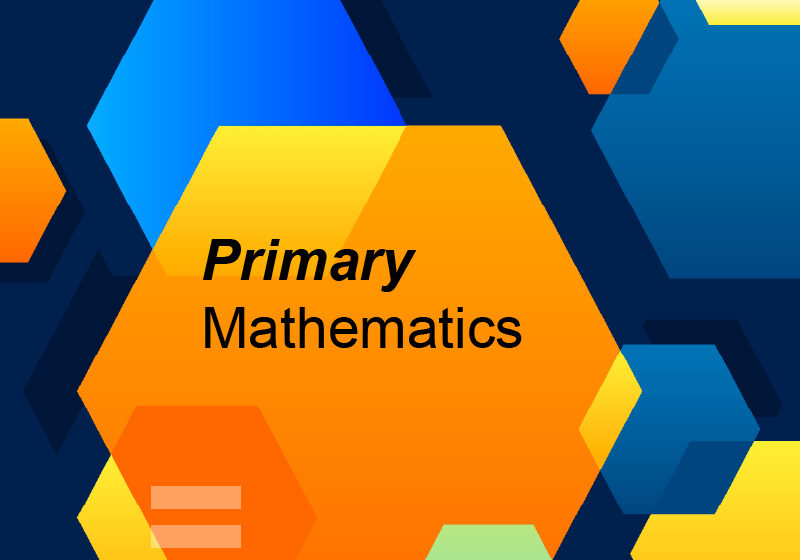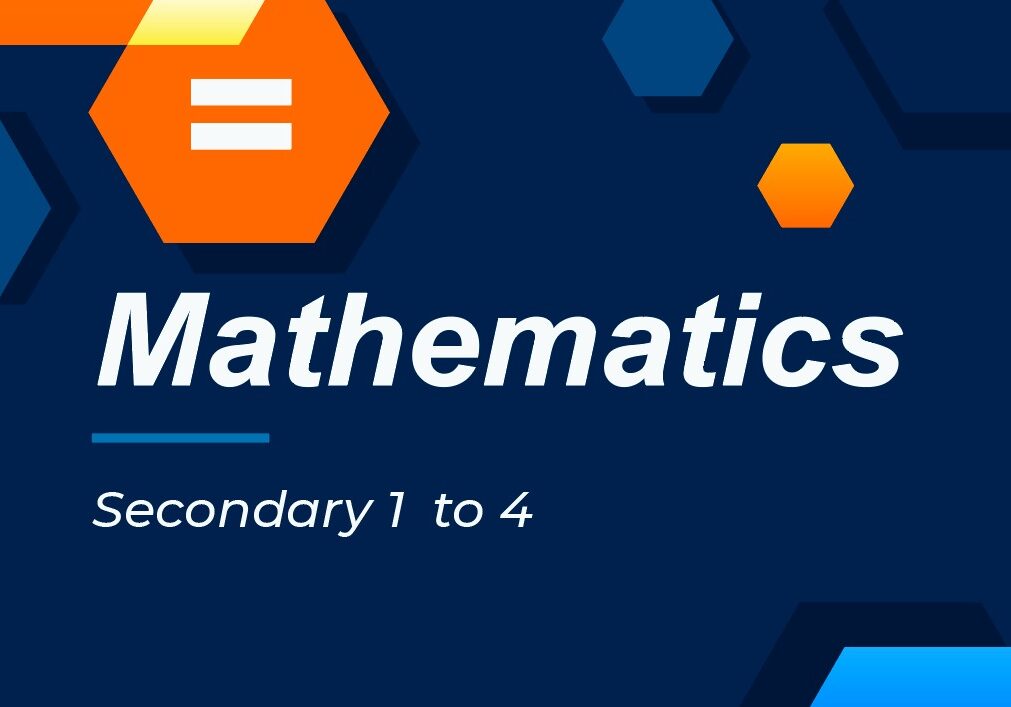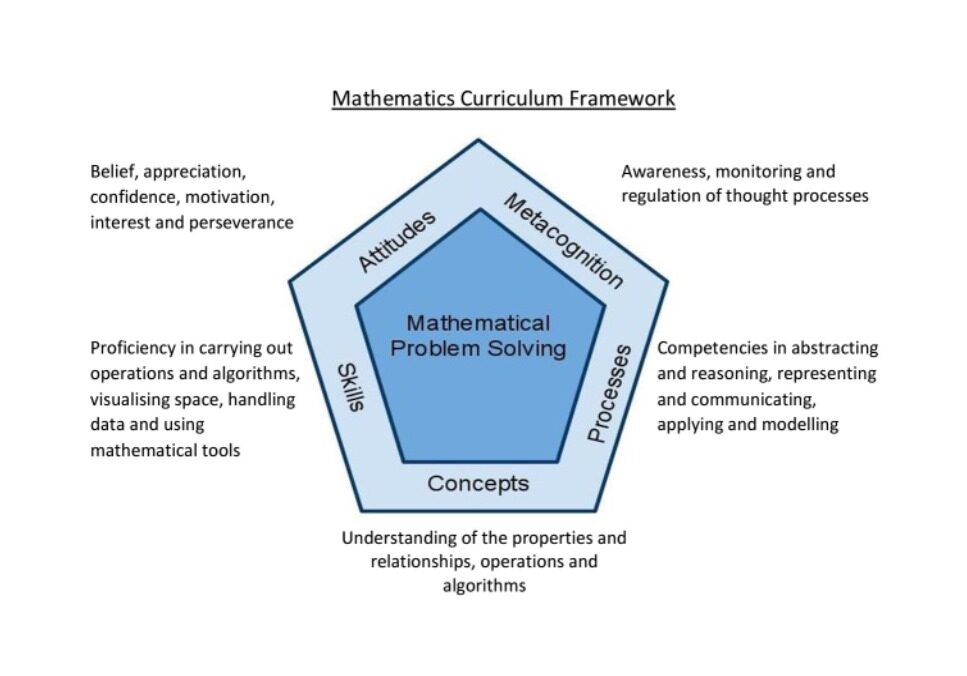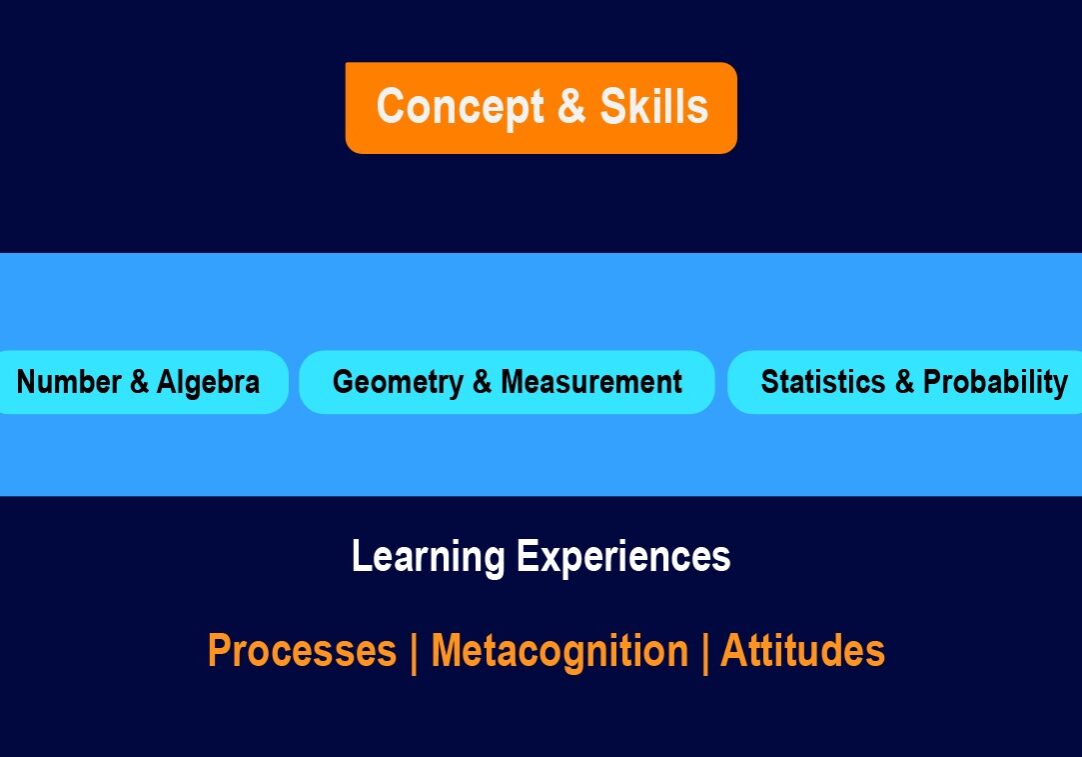Our Mathematics Tuition Offerings

Primary
Maths Tuition
- Primary 3
- Primary 4
- Primary 5
- Primary 6
- PSLE

Secondary
Maths Tuition
- Secondary 1
- Secondary 2
- Secondary 3
- Secondary 4
- O-Level
- IP
- IB

Junior College
Maths Tuition
- JC Year 1
- JC Year 2
- A-Level
- H1 Mathematics
- H2 Mathematics
How do we Teach our Maths Tuition
- Students start with 1 to 1 lessons to assess their starting point, to scaffold and to build foundation.
- Individualised Learning Plans tailored to suit the student's pace and to cover gaps in their learning.
- Scheduled lessons once a week for 2 hours which includes 15 mins of Q&A (students are encouraged to ask questions from their school work as well).
- Daily Whatsapp, Telegram and Online Zoom support for students who need regular guidance (just message us your doubts and questions and we will clear it up with a reply or explain to you live via Zoom).
- Extra lessons to catch up either via Zoom online or Physical Lessons at the tuition centre.
Reserve Your Place Now
*indicates required fields
Frequently Asked Questions
No. All materials and notes are meticulously crafted by our teachers and provided for the students.
The teacher-to-student ratio is typically larger in Schools, and School Teachers follow a Scheme of Work (SOW) that may or may not align with your child's pace of learning.
At Catalyst, our teachers conduct 1-to-1 sessions with your child to identify any gaps in their learning and determine an optimal starting point for their lessons. We tailor our teaching pace to suit the individual student's needs.
We offer extra lessons to help you catch up, either through Zoom online or in-person classes. Additionally, we provide recorded video lessons for you to watch at a time that suits you.
Students start with one-on-one tuition lessons to assess their initial level and to build a strong foundation. Once students achieve proficiency in the subject, they will be grouped with other suitable students for peer-to-peer learning, support, and some friendly competition.
If needed, students may return to 1-to-1 tuition lessons from time to time when they have difficulty keeping up with the class.
Students are encouraged to provide their school topics as soon as they are are available. We will structure our lessons to follow closely to the school topics.
Syllabus Design
Spiral Curriculum, Connected Syllabuses
Mathematics predominantly exhibits a hierarchical structure, where advanced concepts and proficiencies rely on a solid foundation and are typically acquired sequentially. The development of mathematical content across various levels follows a spiral approach.
The mathematics curriculum encompasses a series of interconnected syllabi designed to accommodate the diverse needs and capabilities of students.
The arrow diagram in the following picture illustrates an outline of the syllabi of Primary, Secondary and Junior College Mathematics and their interrelationships of the overall mathematics curriculum in Singapore PSLE, O-levels and A-levels.
Our maths tuition has successfully assisted numerous students in bridging gaps in their mathematics studies.
The most popular tuition course we offer is Additional Mathematics. This course is typically taken outside of school, allowing students to progress towards H2 Mathematics at the A-level.

Picture Source: moe.gov.sg

Primary Mathematics Curriculum & Syllabus
Our Primary School Mathematics tuition follow the MOE curriculum closely to prepare our students for their Primary School Leaving Examination (PSLE).
Syllabus Organisation
- Number & Algebra
- Measurement & Geometry
- Statistics
- Mathematical Processes
Secondary Mathematics Syllabus
Syllabus Organisation
The concepts and skills covered in the syllabus are organised along 3 content strands:
- Number & Algebra
- Geometry & Measurement
- Statistics & Probability
The development of processes, metacognition and attitudes are embedded in the learning experiences that are associated with the content.
Problems in Real-World Contexts
Solving problems in real-world contexts will be part of the learning experiences of our students. These experiences give them the opportunities to apply the concepts and skills that they have learnt and to appreciate the value of and develop an interest in mathematics.
Problems in real-world contexts can be included in every strand and level, and may require concepts and skills from more than one strand.

Secondary Additional Mathematics

Syllabus Organisation
The concepts and skills covered in the syllabus are organised along 3 content strands. The development of processes, metacognition and attitudes are embedded in the learning experiences that are associated with the content.
Applications and Contexts
Solving problems in different contexts, including those in the sciences and engineering, should be part of the learning experience of every student. These experiences give students the opportunities to apply the concepts and skills that they have learnt and to appreciate the value and power of mathematics. Students will learn different functions, namely, linear, quadratic, exponential, logarithmic and trigonometric. These functions provide the building blocks for simple models.
Students will learn the following applications and contexts:
- Motion of projectile (quadratic functions and calculus)
- Optimisation problems e.g. maximising profits, minimising costs (functions and calculus)
- Population growth, radioactive decay, pH scale, Richter scale, decibel scale (exponential and logarithm functions)
- Financial mathematics e.g. profit and cost analysis, marginal profit (functions and calculus)
- Tidal waves, hours of daylight, simple harmonic motion (trigonometric functions)
